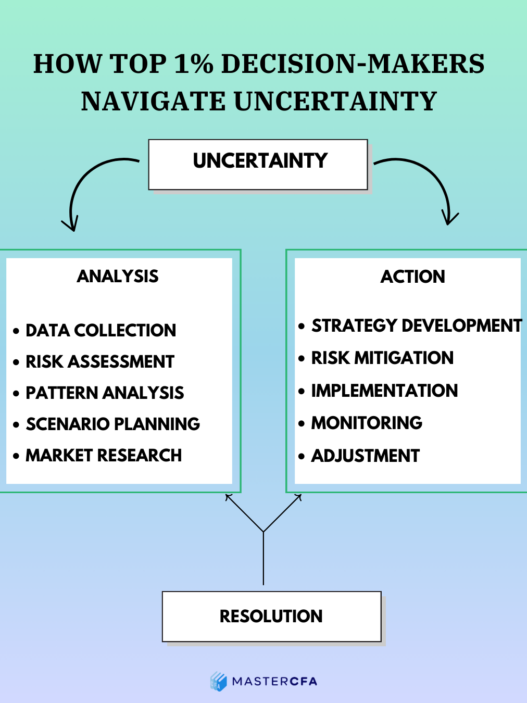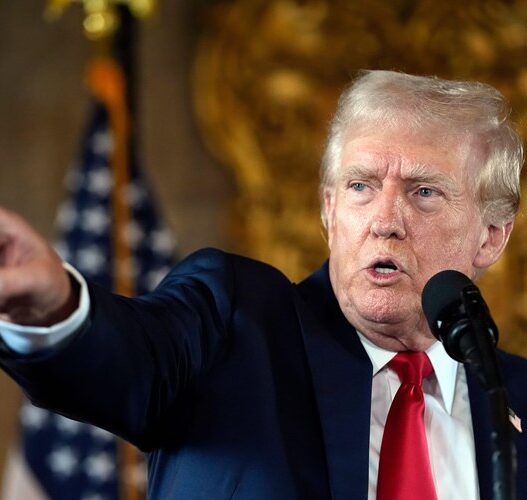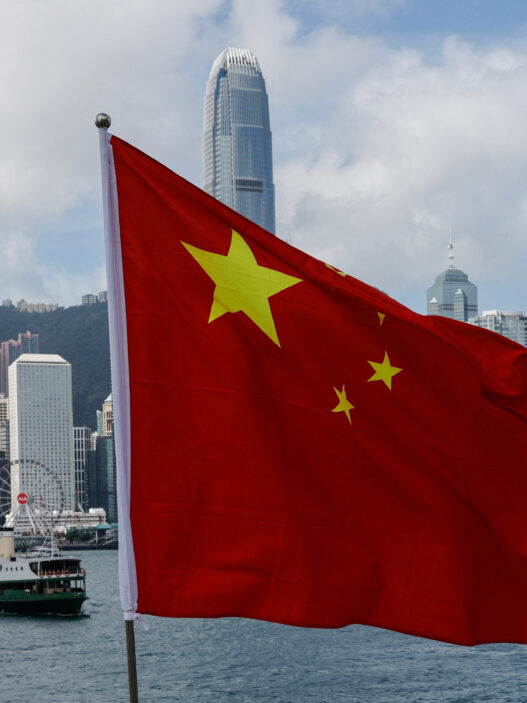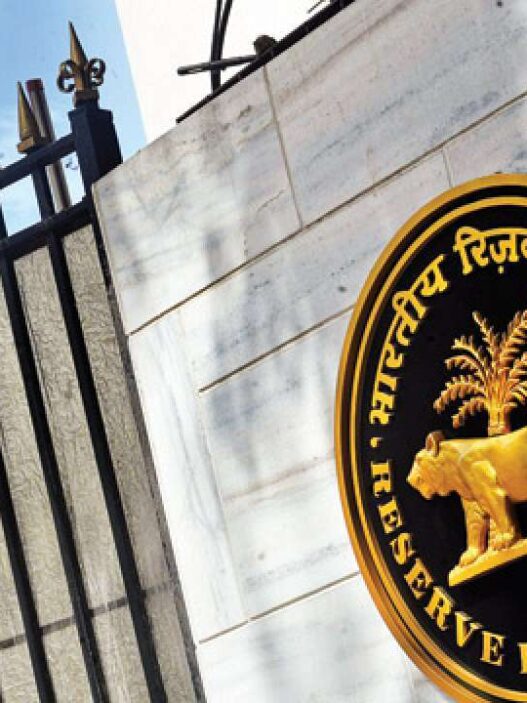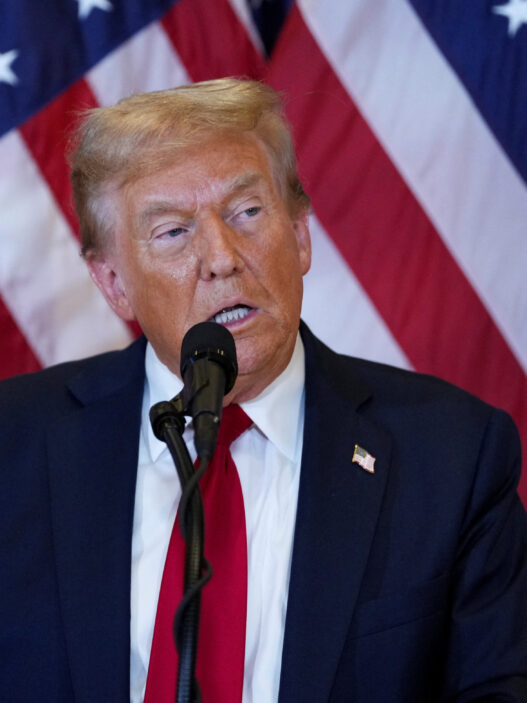What Happened?
Powered by MasterCFA.com
China has announced an expansion of its consumption subsidies to include smartphones and other personal electronics. This initiative aims to stimulate domestic spending as the country faces increasing external economic pressures. The government will broaden its existing trade-in program, which currently covers home appliances and cars, to also include devices like smartphones, tablets, and smartwatches.
Why Does This Matter?
Impact on the Economy
This move is significant for the Chinese economy, which is the largest smartphone market in the world. By incentivizing consumers to upgrade their devices, the government hopes to counteract the effects of potential new U.S. tariffs on Chinese exports. The initiative is part of a broader strategy to prioritize domestic demand in 2025, which could lead to increased consumer spending and economic growth.
Personal and Business Effects
For families, this subsidy means more affordable options for upgrading technology, which can enhance daily life and productivity. For businesses, particularly in the tech sector, this could lead to increased sales for companies like Huawei and Xiaomi, as well as e-commerce platforms like Alibaba and JD.com. The ripple effect may also boost related industries, such as manufacturing and retail.
Theoretical Concepts in Action
Economic/Quantitative/Finance Theories
This situation illustrates several economic theories, including Keynesian economics, which emphasizes the role of government intervention in stimulating demand during economic downturns. The trade-in program can also be viewed through the lens of consumer behavior theory, which examines how incentives influence purchasing decisions.
Real-World Application
Historically, similar subsidy programs have been implemented during economic crises. For example, during the 2008 financial crisis, the U.S. government introduced cash-for-clunkers programs to stimulate car sales. In this case, China’s approach could similarly revitalize consumer electronics sales, demonstrating how government policies can effectively influence market behavior.
What Could Happen Next?
If the subsidy program proves successful, we may see a significant uptick in consumer electronics sales, leading to a more robust economic recovery in China. Additionally, if the program is well-received, it could prompt other countries to consider similar measures to boost their economies. However, the effectiveness will depend on consumer response and the overall economic climate.
Why You Should Pay Attention
Understanding this news is crucial for making informed personal finance and investment decisions. The dynamics of government subsidies and consumer behavior can significantly impact market trends. By grasping these concepts, individuals can better navigate their financial choices, whether it’s investing in technology stocks or making personal purchases.
Questions to Ponder
- How might consumer behavior change in response to government subsidies?
- What are the potential long-term effects of such subsidy programs on the economy?
- How do external economic pressures influence domestic policy decisions?
- In what ways can similar strategies be applied in other sectors?
- What lessons can be learned from historical subsidy programs?
Keep Learning with MasterCFA: Staying informed about economic policies and their impacts is essential for any budding analyst. Dive deeper into these topics to enhance your understanding and prepare for the CFA Exam. Explore more insightful articles and resources with MasterCFA to stay ahead in your finance career.








